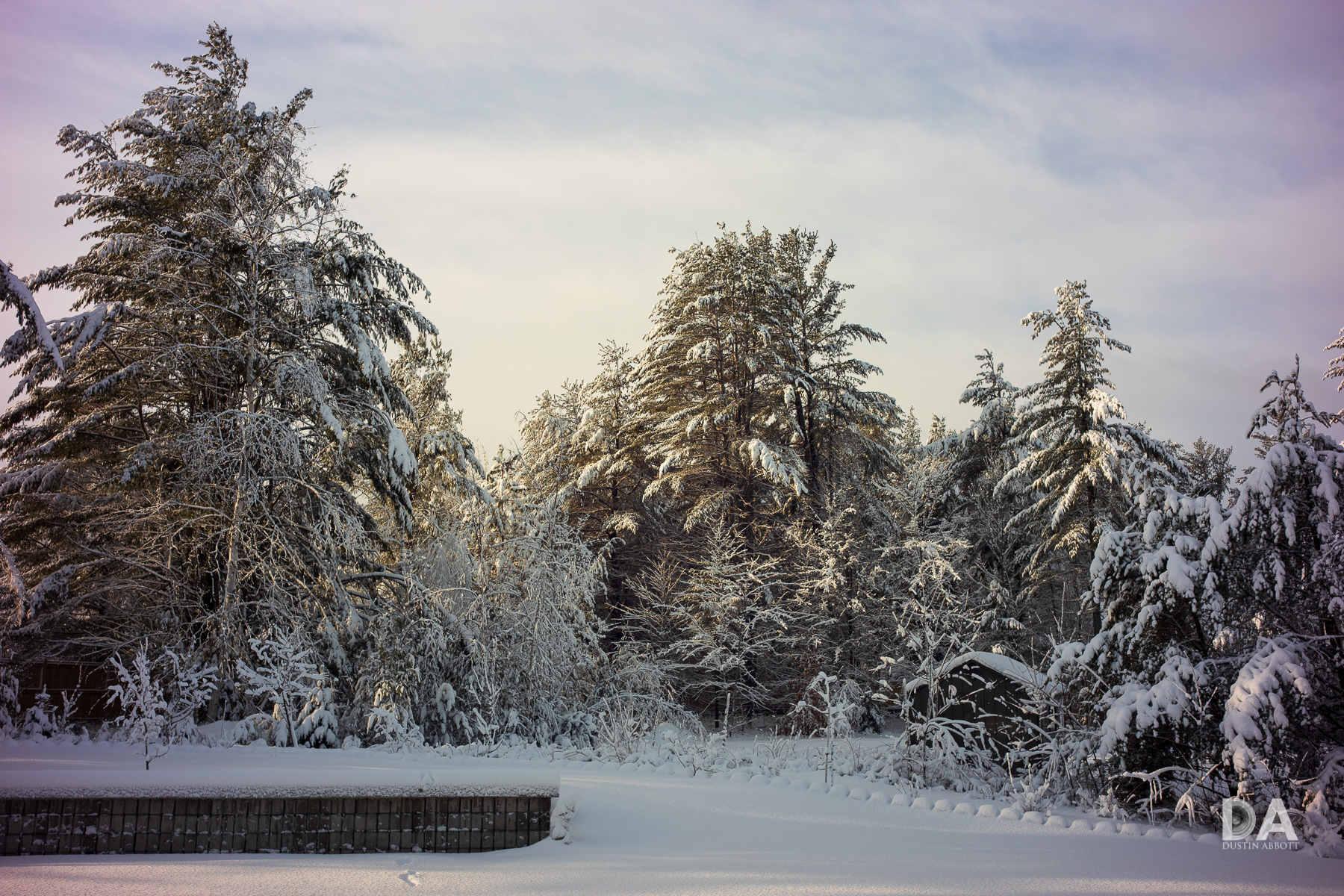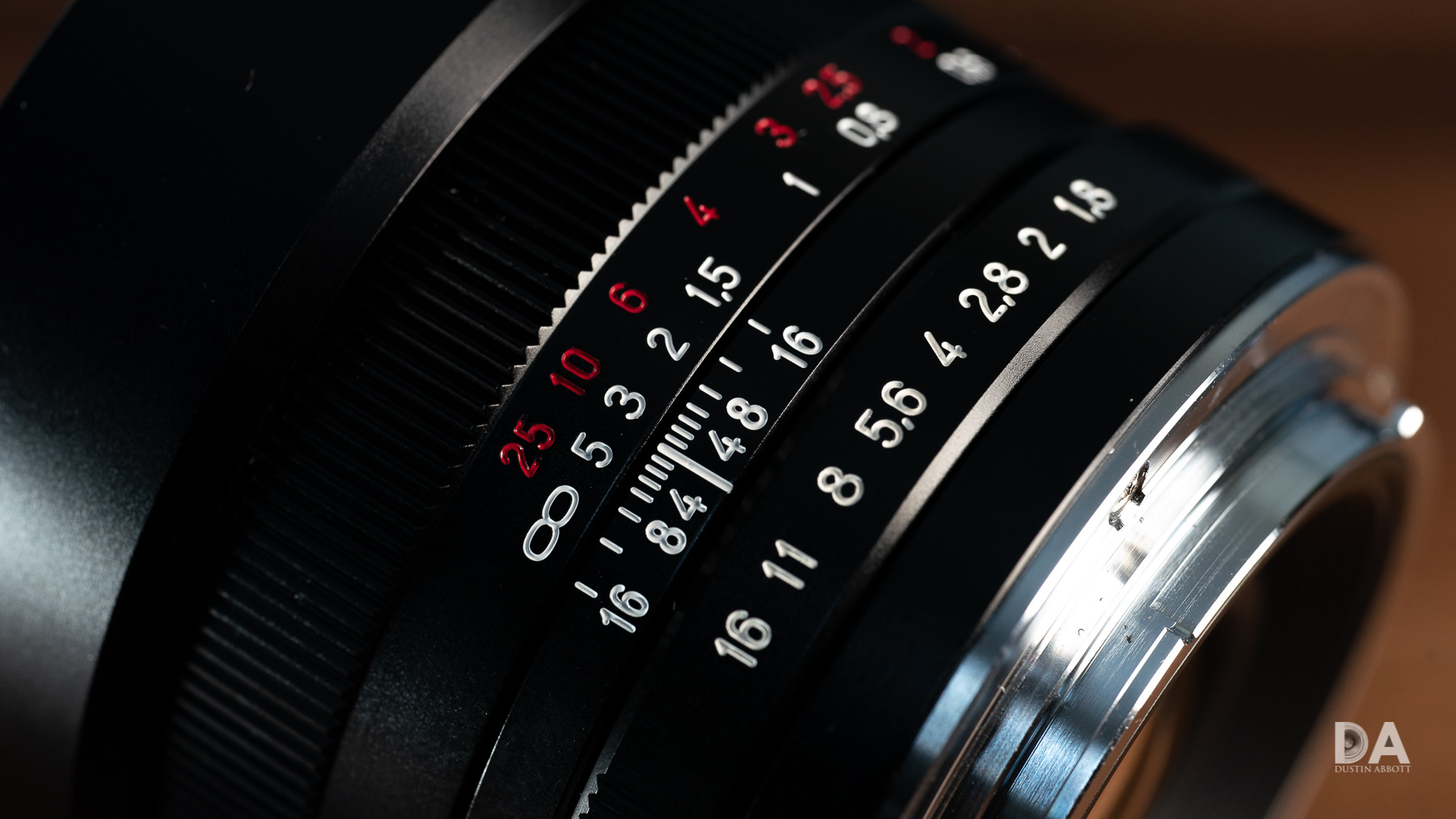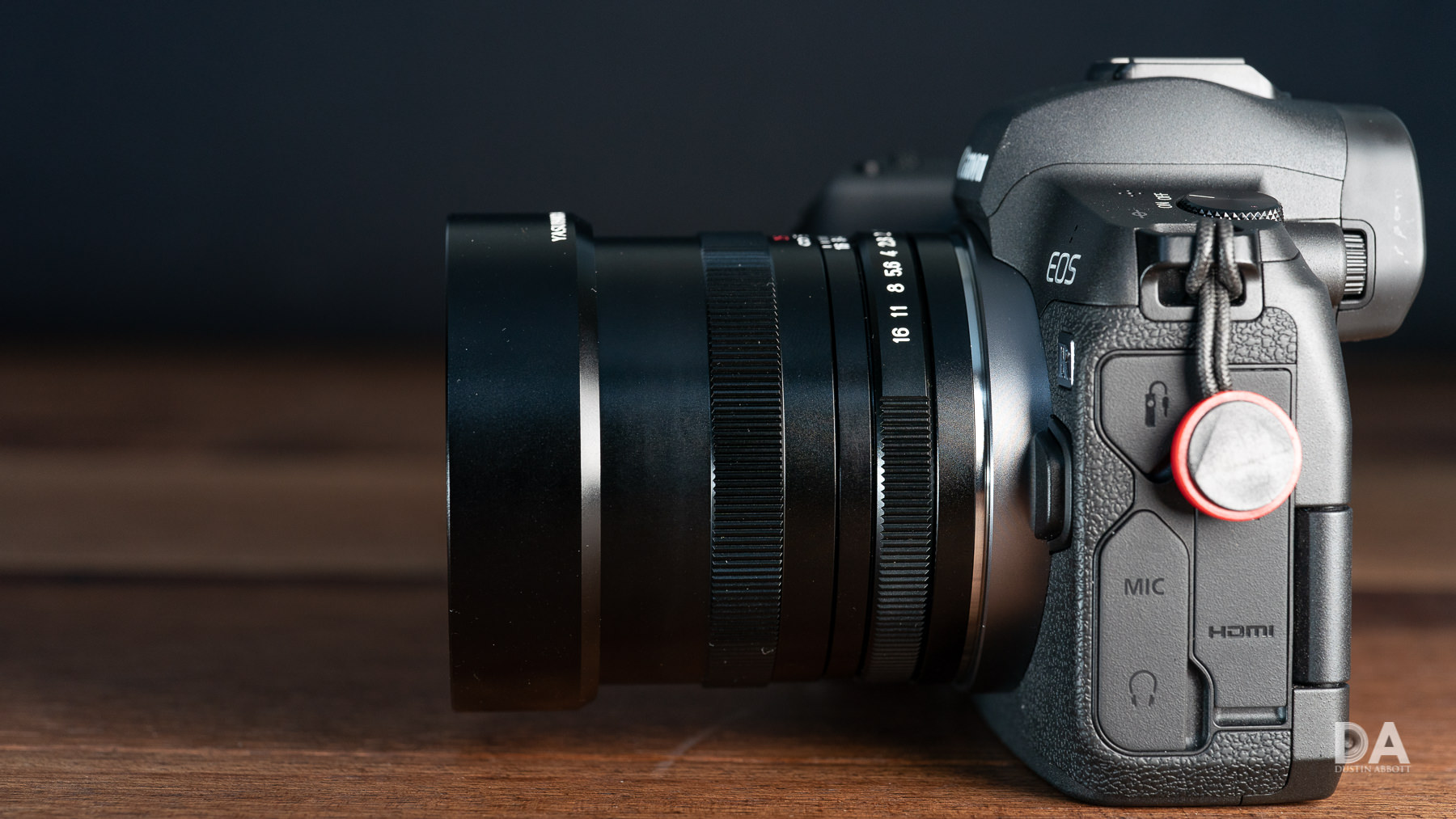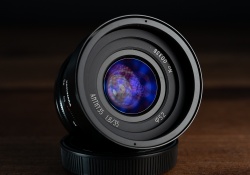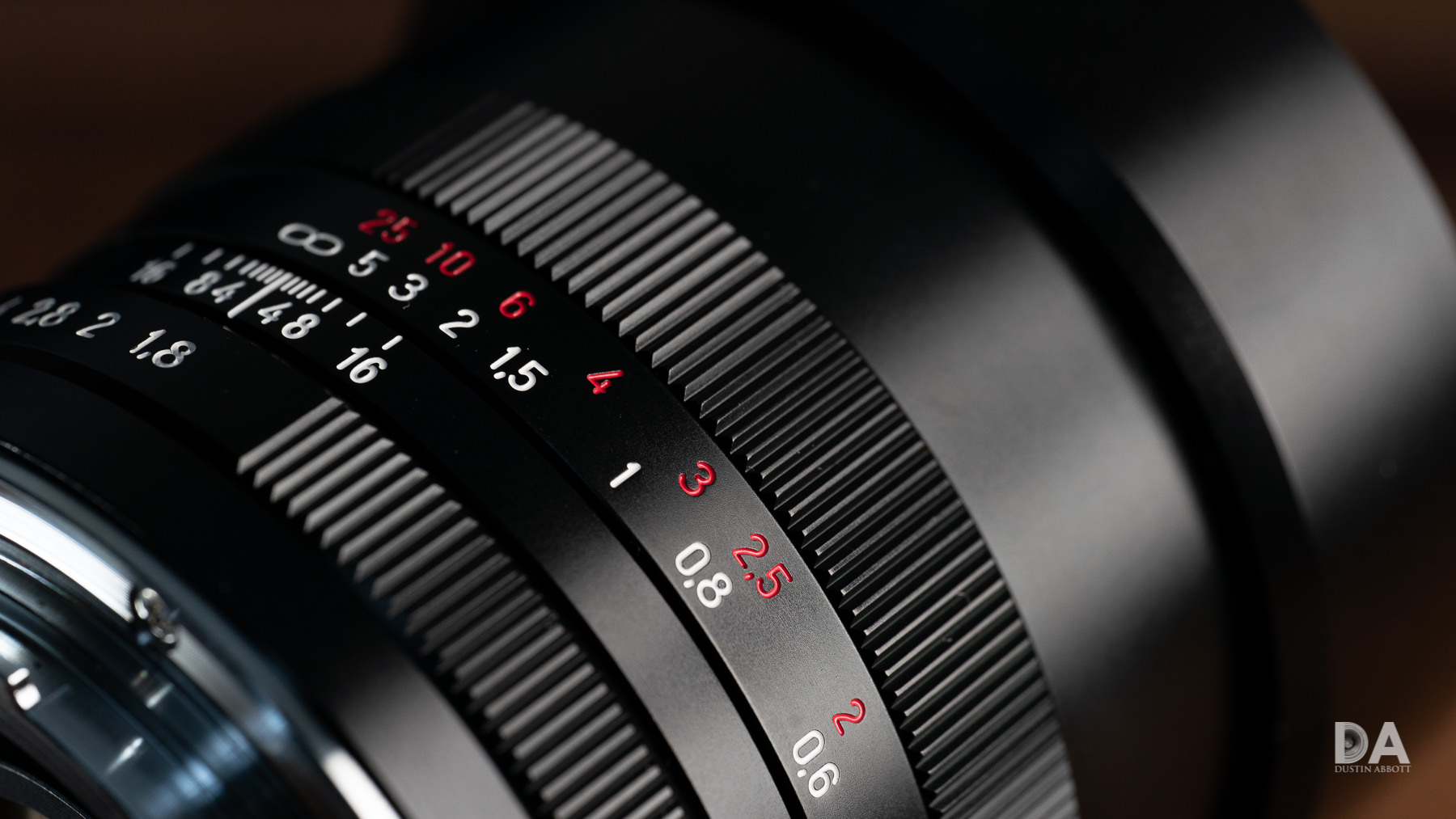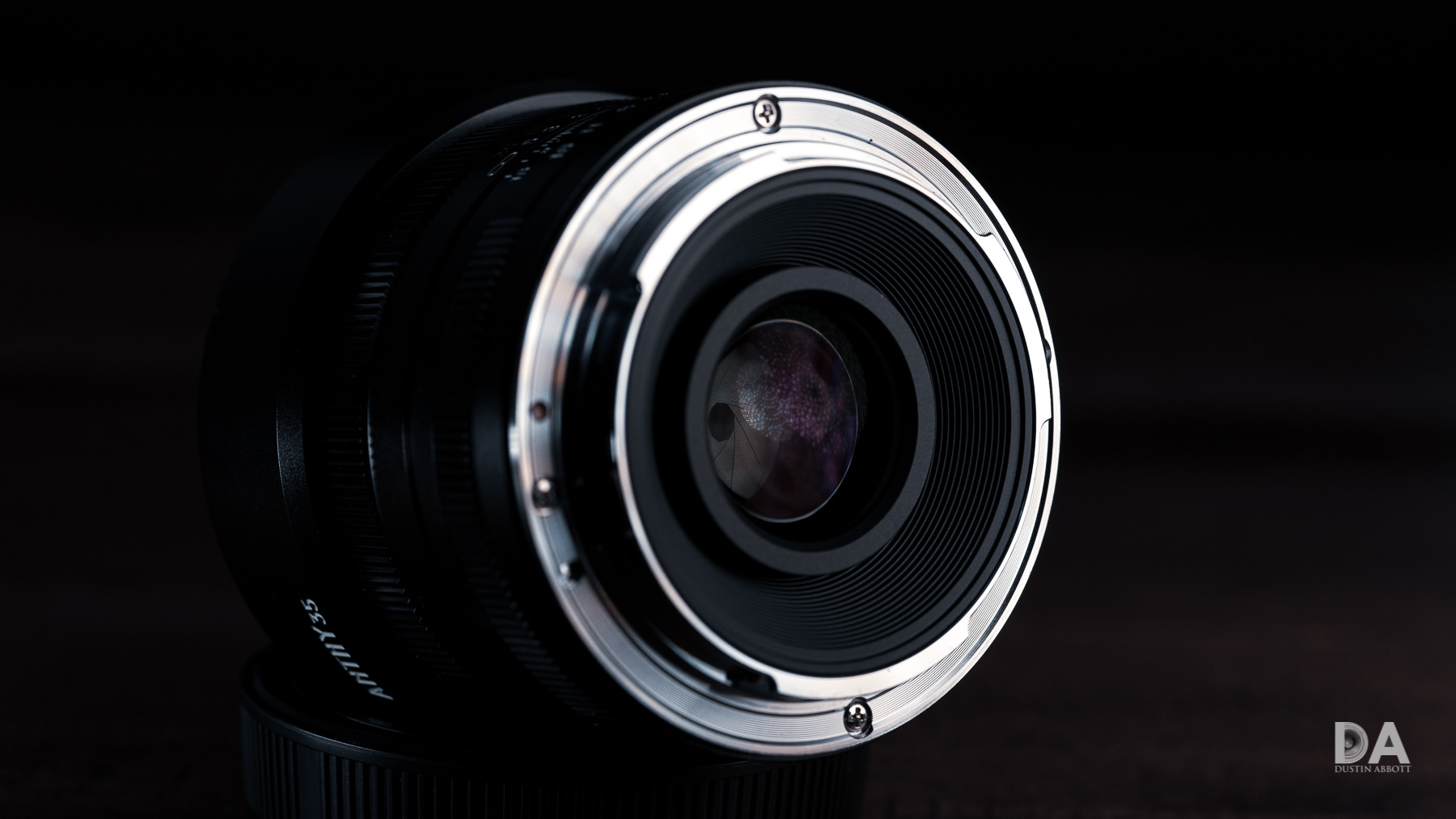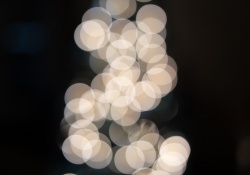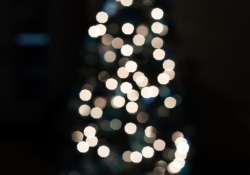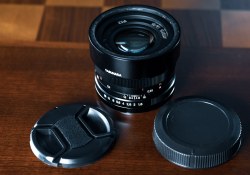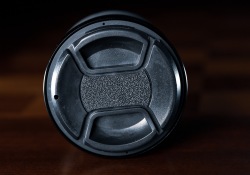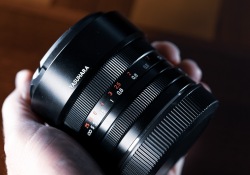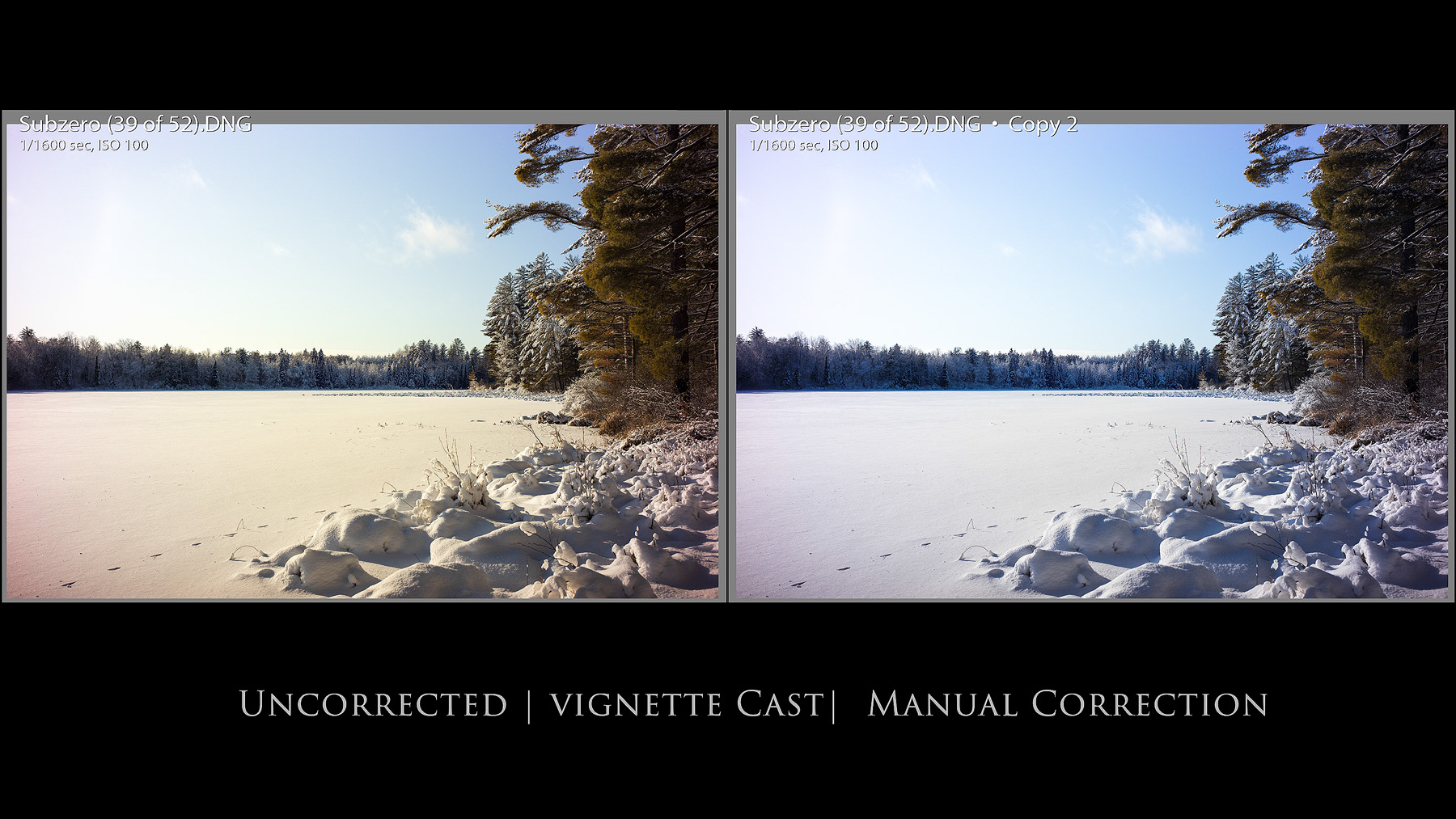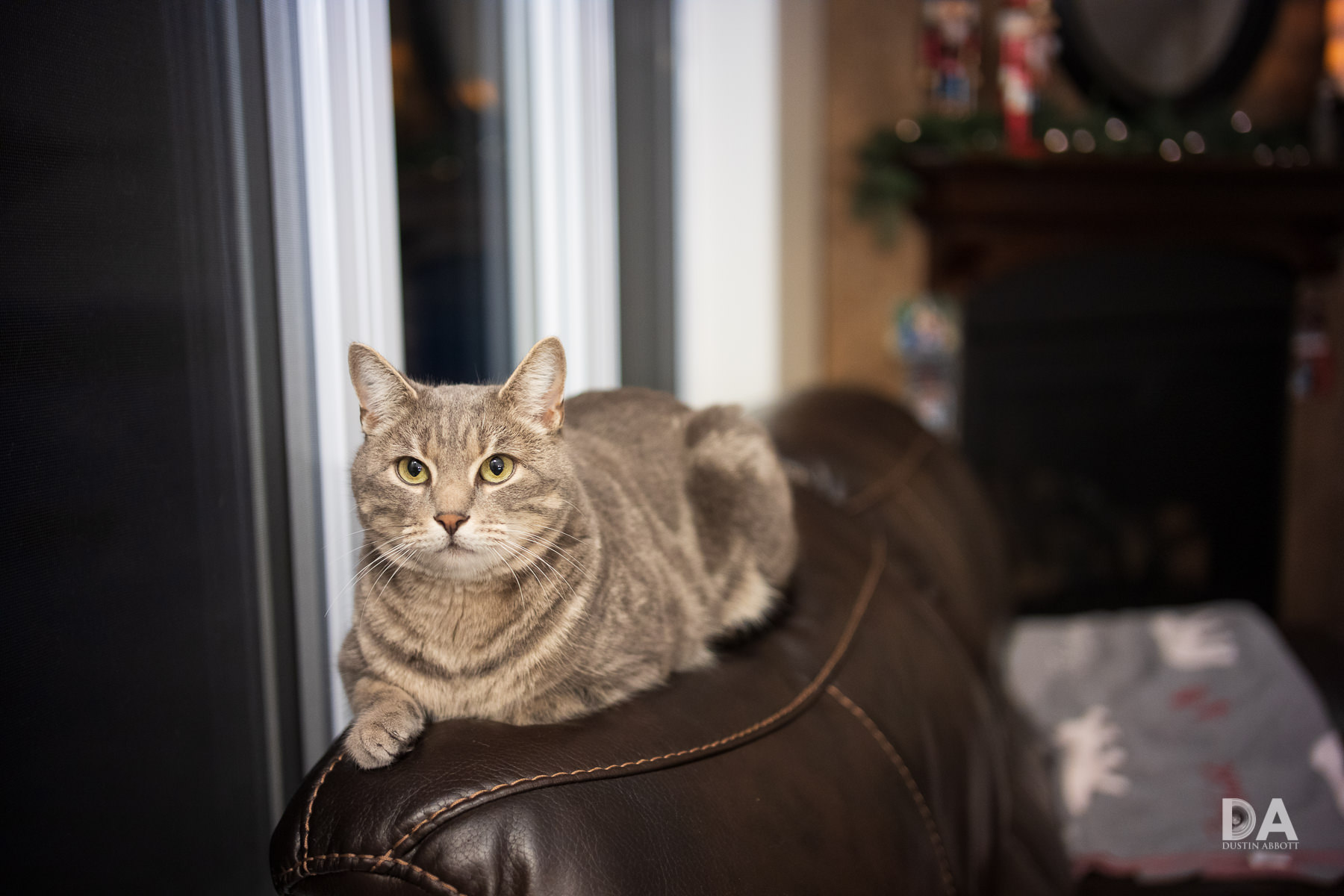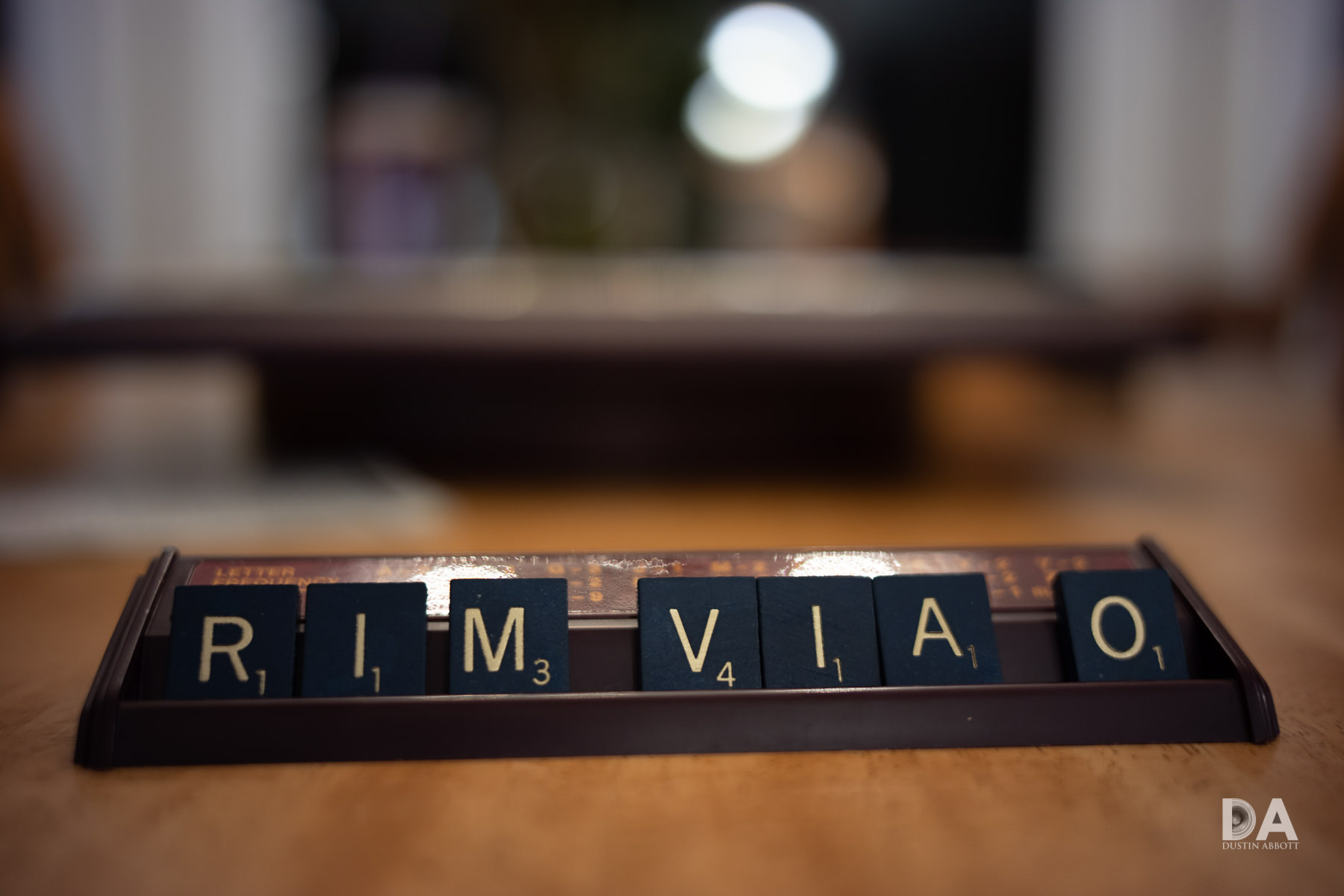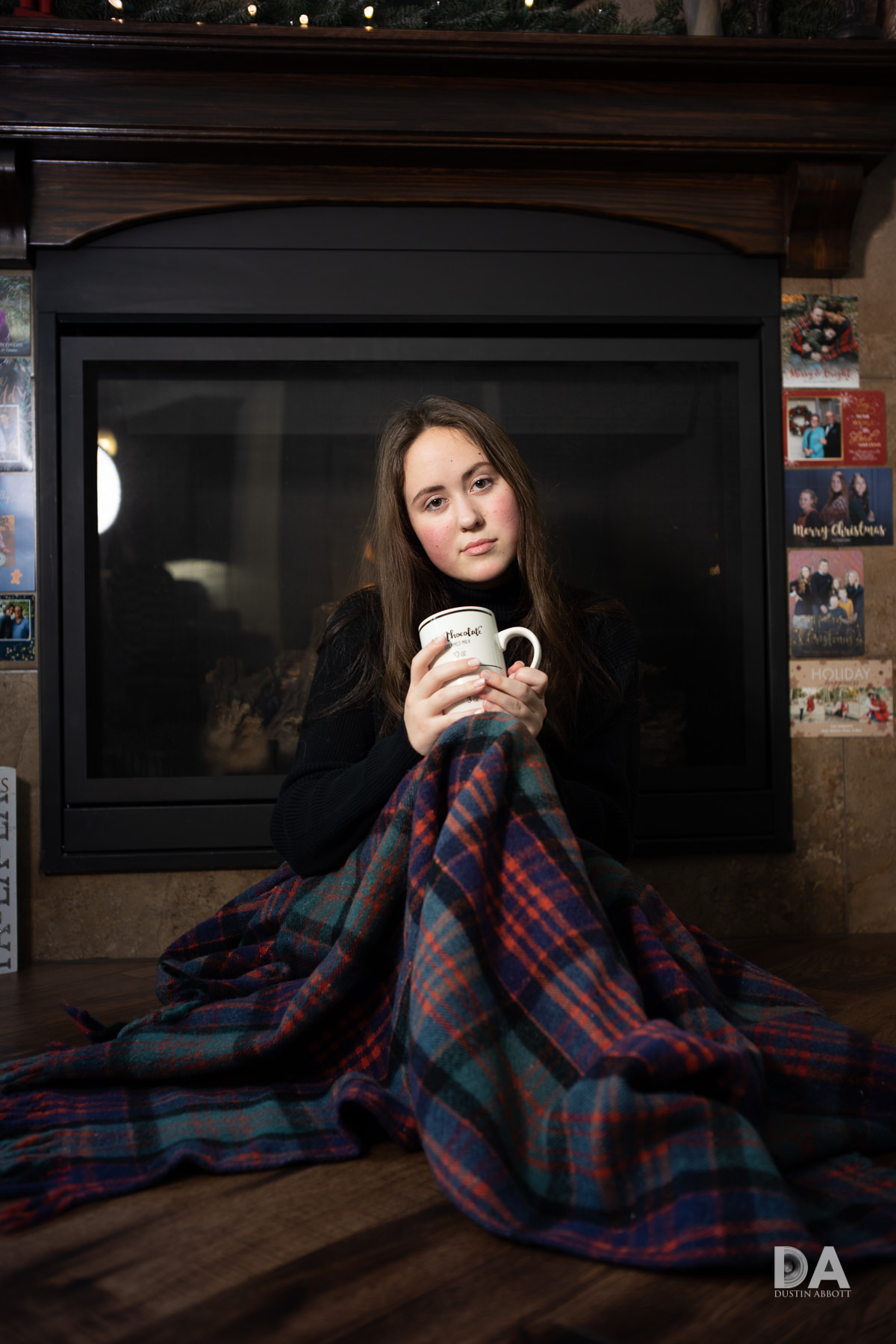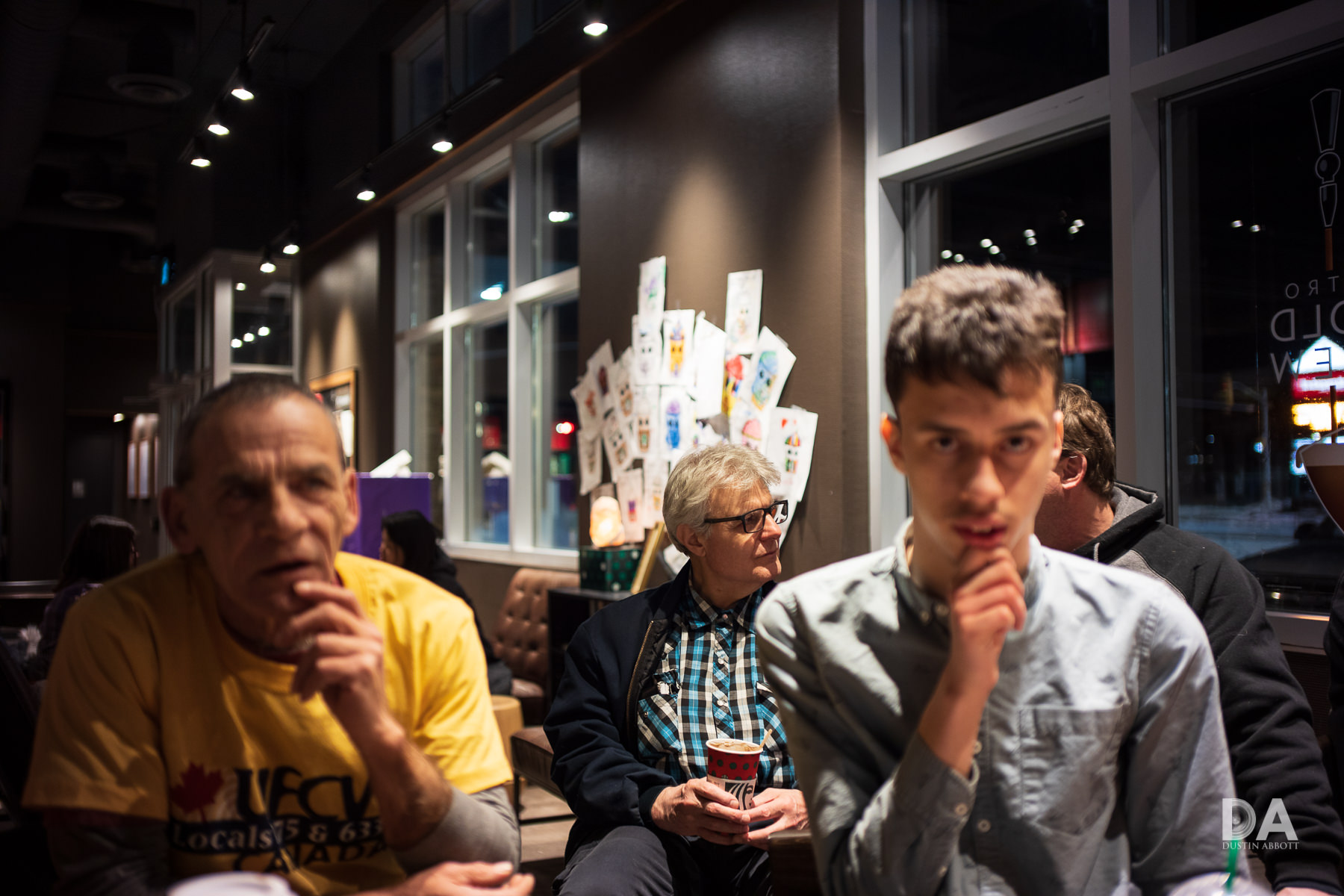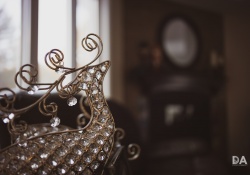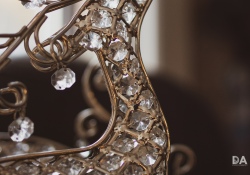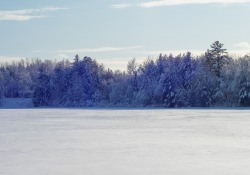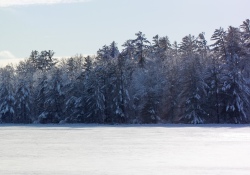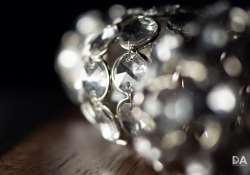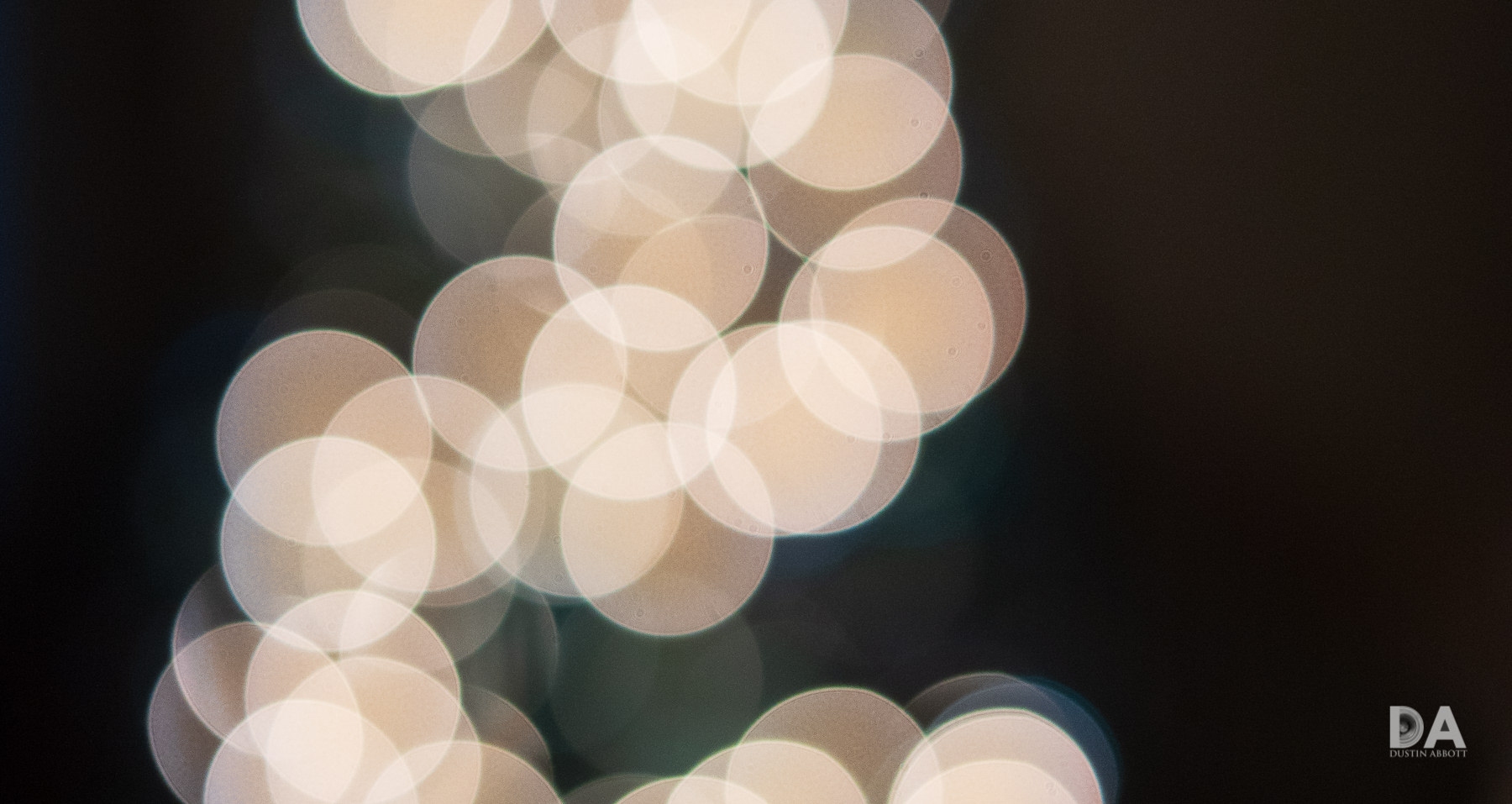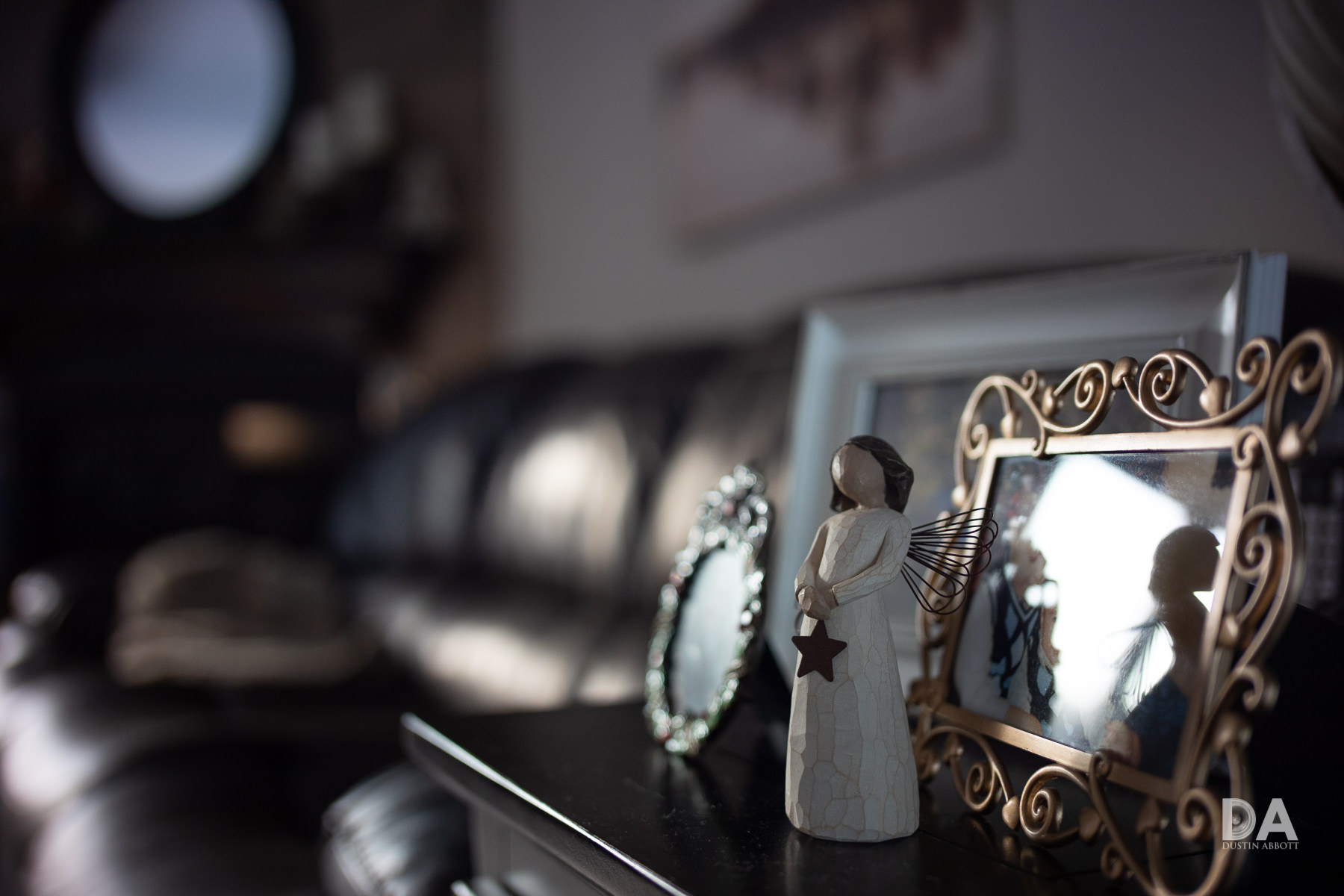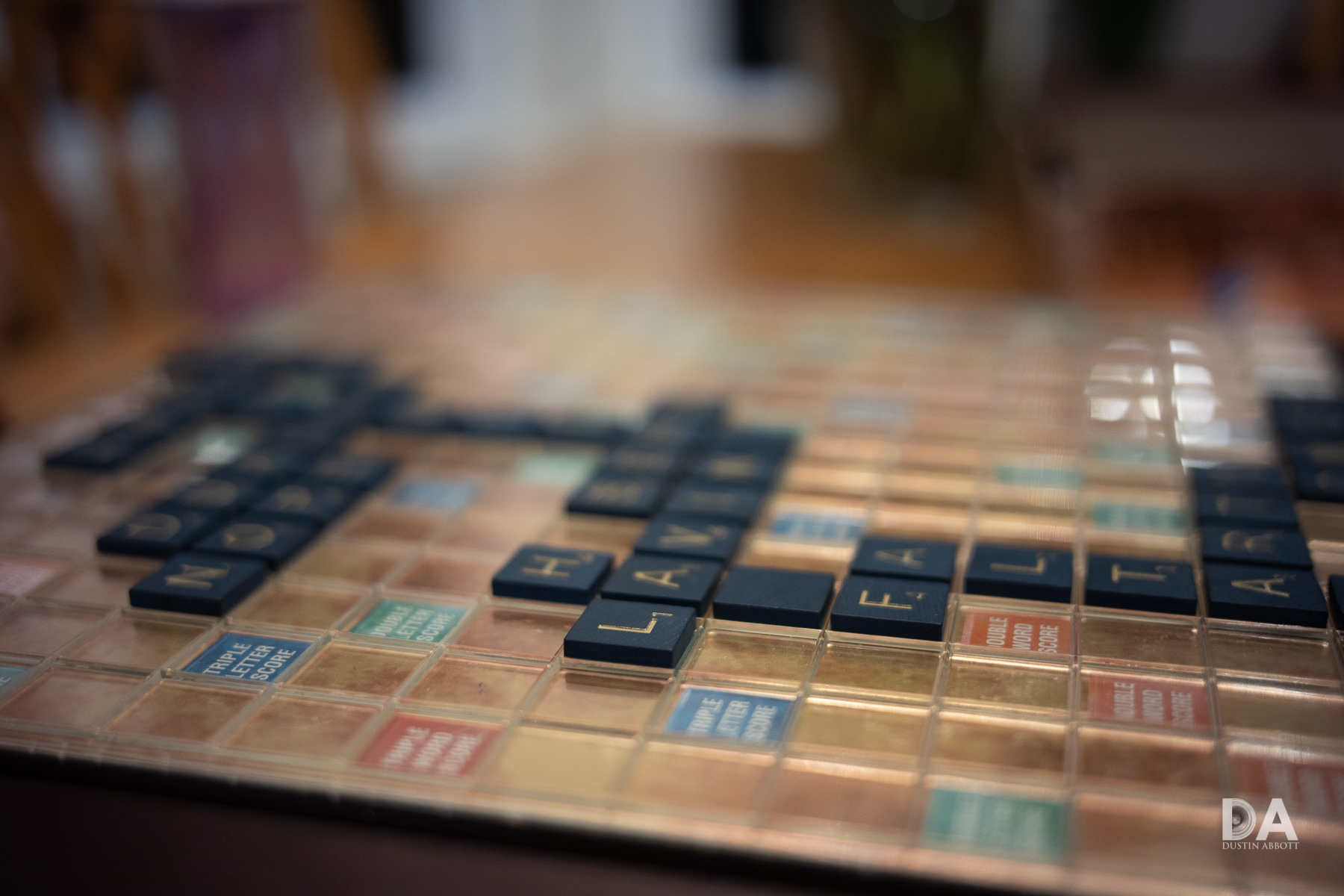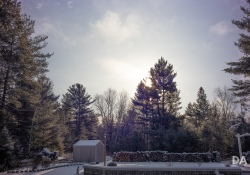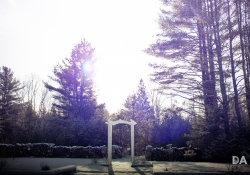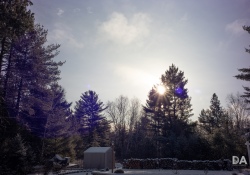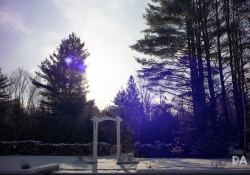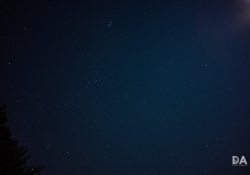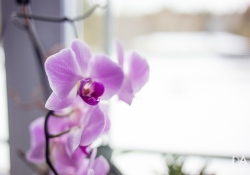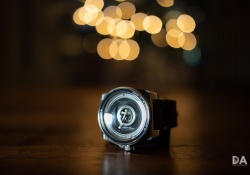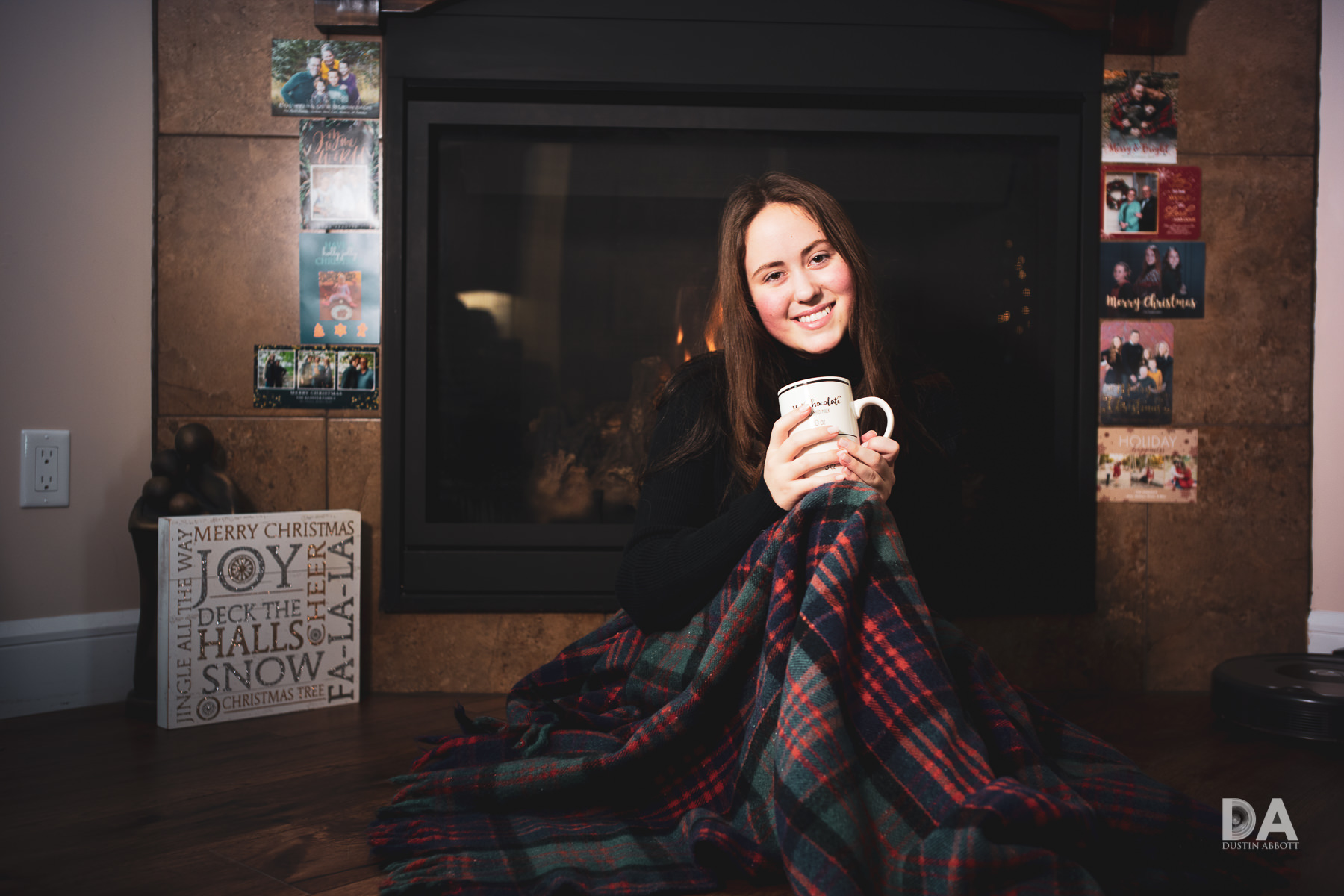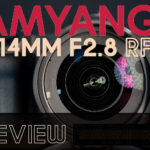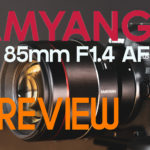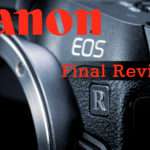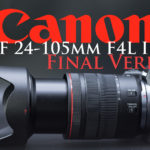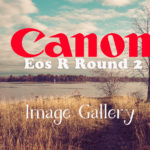With any new camera system there is a vulnerable period where the quantity and quality of lenses available for the system can either make or break its momentum. Canon has been weathering that storm on its “R” full frame mirrorless platform, where of the ten RF mount lenses from Canon at this point, only two fall under $1000 in their MSRP, with the majority of the lenses (7 of them!) being in excess of $2000! Canon has desperately needed more financially accessible lenses for a broad rollout of the R system, and that typically means needing third party lenses to come in and flesh out the affordable part of the range. I recently reviewed a lens that will help (the Samyang 14mm F2.8 RF) and the subject of today’s focus is another – a nicely made manual focus prime from Japanese boutique lens maker Yasuhara. The Yasuhara Anthy 35mm F1.8 has classic good looks, a solid metal build, and comes in a native RF mount (covering the full frame image circle). And, perhaps most importantly, it has a very reasonable price tag of $299 USD (making it one of the most affordable lenses from any brand in a native RF mount at the moment). The Anthy35 (which we’ll call it for brevity), is also available on Nikon Z mount (where it will also be welcome for similar reasons) and on Sony FE (where it faces much more stiff competition due to the sheer number of options available there).
The Anthy35 has a classic, retro vibe in both its look and handling, but also has a somewhat fatal flaw that seems to be unique to the RF mount. Something about the coatings of the lens and Canon’s color science clash, producing a vignette with a pronounced magenta hue. This flaw is unfortunately exaggerated by the time of year I’m doing the review (winter) where the snow cover everywhere really highlights any discoloration in the vignetted area.
Fortunately this isn’t seen in more traditional scenes, but since a lot of my photography is done outdoors, and since the outdoors is coated in white for about 5+ months of the year where I live, it makes avoiding this effect a little more difficult. No such issue has been reported on Sony FE or Nikon Z cameras.
In many environments this issue won’t be seen, but it’s definitely something to look out for.
But like a lot of vintage lenses, there are two ways to look at a lens like the Yasuhara Anthy 35mm F1.8. You can define it by its flaws, or you can define it by the unique character of the images that (at least in part) those flaws are responsible for. This review will explore both viewpoints. Is the Yasuhara Anthy prime worth your money? Read on to find out, or you can watch the video review here:
Check me out on: My Patreon: | Google+: | Facebook: | Twitter: | Flickr: | 500px: | Sign Up for My Newsletter :
Anthy35 Build and Handling
The Anthy35 has a very classic vibe that screams “Classic Zeiss”. It is an all-metal construction with a similar satin anodized metal finish complete with white and red etched markings for distance, hyperfocus, and aperture values.
Here are the basic specificiations:
| Focal Length | 35MM |
| Maximum Aperture | f/1.8 |
| Minimum Aperture | f/16 |
| Lens Mount | CANON EOS RF |
| Format Compatibility | Full Frame |
| Minimum Focus Distance | 11.81″ / 30 cm |
| Optical Design | 9 Elements in 7 Groups |
| Focus Type | Manual Focus |
| Image Stabilization | None |
| Filter Size | 52 mm (Front) |
| Dimensions (D x L) | 2.59 x 2.59″ / 66 x 66 mm |
| Weight | 14.9 oz / 423 g |
You’ll note that the weight and size are moderately small. The Canon RF mount is a large one, but the lens itself is essentially no wider than the mount flange, so fits on my Canon EOS R test camera very neatly.
One unique feature here is the built in lens hood that can either be retracted or extended according to your preference. It is metal (like everything else) and doesn’t have any way to lock in the extended position. A tiny bit of friction there does keep it from retracting of its own accord, but it takes very little pressure to make it move.
The interior of this hood has very fine metal ribs to help keep light from bouncing around, though the Anthy35 has some serious flare issues nonetheless.
The metal focus ring occupies the front half of the lens and moves smoothly and with a nice degree of damping. That damping is just slightly on the firm side, though the smoothness of the ring makes you quickly forget that. There is about 170 degrees of focus throw, which has proven adequate in my tests for accurate focus. The outer barrel rotates and extends very slightly (just a few millimeters of travel), though the inner barrel (which is where the 52mm filter threads are) does not rotate, which means that using circular polarizers is not restricted.
There is a small section of the barrel in between the focus ring and aperture ring that is fix, and it has the distance marker along with a hyperfocal scale for F4, F8, and F16 (marked) along with smaller lines for other aperture values. It’s worth noting that a manual focus lens with a good manual focus ring is still one of the best options for shooting video. Mirrorless lenses are great if you want to have constant autofocus, but are often terrible if you want to do manual focus pulls or have finite control over what is in focus. The Anthy35 could be a tempting option for video shooters.
The aperture ring is also nice. It has definite detents and a nice mechanical quality to it. Unfortunately there are only full stop aperture values present (outside of F1.8-F2). I like having a little more finite control of aperture than just full stops.
There are no electronics of any kind, so no information will be transmitted to the camera body.
That means no EXIF data, not automatic magnification of the image when you start focusing, and, on the Canon EOS R, no “Focus Guide” (a really clever manual focus aid that is my favorite of its kind). You can employ things like overlays and can manually magnify the image to verify focus.
There are nine rounded aperture blades, as you can see here:
Here’s a look at the shape of bokeh highlights as the lens is stopped down (F1.8, F2.8, and F4):
You can definitely see a nonagonal shape as the lens is stopped down, though the impression is still circular because of the higher blade count.
The Anthy35 comes with a front pinch cap and a rear cap that looks very similar to Canon’s own, but without any branding on either. This is an area where I always recommend that lens makers put their branding; it feels generic and unfinished without that.
Outside of a lack of electronics and weather sealing, the build here is beautiful and feels very much like a classic Zeiss lens…just for a whole lot less money! I’ve seen very few budget lenses with a build as nice as this.
Yahuhara Anthy35 Image Quality
The optical character is also classic, with a bias towards center sharpness with the edges of the frame improving at landscape apertures. The optical formula is 9 elements in 7 groups, which should make those who prefer simpler optical formulas happy. The strengths and weaknesses are essentially classic as well as we will see.
I typically start by examining the vignette and distortion. In this case the distortion is essentially non-existent, so no problems there. The vignette is another story, however. It very pronounced (I used a +70 for correction) and spreads fairly deeply into the frame (a midpoint of 10). Here’s a look at an uncorrected RAW result along with a manually corrected result:
Even on the wall test you can see some of the magenta/brown cast that I highlighted earlier. The color cast itself is somewhat dependent on the color temperature of the image. I discovered this while working to correct the vignette on this image:
I used the Eyedropper tool to sample the vignette color in the lower left corner and then pulled down the saturation of those colors (orange and yellow, as it turns out). I then decided to do a custom white balance as the snow looked a little yellowed. That looked great for the snow, but the vignette color returned somewhat. I needed to resample the vignette area, and found that now the color was more in the magenta range. As you can see from the final image, I was able to solve the problem fairly well, but if there had been other things in the image that were naturally magenta in color, they too would have been desaturated. It’s a definite liability in some situations. If you have a Nikon Z or Sony FE camera, however, this won’t be a problem for you.
In other environments, however, not only will you not see the color cast, but you may not even want to correct the vignette at all; it can add character and mood to images.
By the way, vignette diminishes by gradual degree as you stop the lens down, but at no point does it radically correct. It remains a part of the signature of the lens even at smaller apertures like F8, which is why I was still trying to correct for vignette in the landscape image above.
Our initial wall test also reveals that the color from the Anthy35 tends a little warm/yellow. If precision color balance is your goal, this is a negative. In other situations, however, it will give a warm, analog kind of look to images:
I consider this to be good choice for restaurant/bar type scenes for stills or video; it has good character and color rendering for those type scenes.
If we take a look a look at sharpness and contrast, we discover that center sharpness and contrast are quite good with some obvious softening and diminishing contrast as you head towards the edges.
Here’s some real world examples, which show that there is plenty of sharpness and contrast where you need it for the way you would typically use such a lens:
You do have the option of stopping down 1/3rd stop to F2, but I saw no miraculous changes to optical improvements there, though I have seen that happen with a few other lenses.
There is a more obvious improvement at F2.8, however, with center sharpness and contrast moving from good to great. You can also see improved resolution and contrast in the corners, though sharpness doesn’t quite reach them yet.
By F4, however, we have excellent resolution and contrast across the frame, and even the extreme bit of the corners are sharp at F5.6. Here’s some real world samples and crops to help illustrate the point:
There is a bit of uncorrected longitudinal chromatic aberrations (LoCA), though nothing I consider extreme.
I actually feel in many cases a slight bit of uncorrect LoCA leads to softer, more pleasing bokeh (it leaves less contrast in the defocused regions), and I believe that is case here. First of all, let’s take a look at the “bokeh balls” from the wide open aperture test above:
Note how beautiful those bokeh circles are. Very soft inner line (the line right inside the “edge” or “rim” of the bokeh circle) and very little busyness in the bokeh circles. That’s an unusually good result, and it is reflected in very nice bokeh rendering from the lens. Take a look at this shot of a Christmas decoration, for example:
Note how nicely everything melts away there? That’s a mirror just beyond the Nutcracker, but the edges of it melt away.
Here’s another that I really love. It’s simple, but the character of the image is exceptional:
Here’s a low light image where the shadows are a little crushed, but you can see that the image itself has very nice character.
One final example – a familiar Scrabble board:
This type of result actually reminds me of the classic Zeiss Planar 50mm F1.4; it really is very nice. The lens has nice character if used to its strengths.
Here’s a look at a few portrait examples to give you a sense of how it works for that. I’m going to include one wide open shot from church to show how it renders in an event type setting as well.
No problem there. It’s a nice portrait or street lens if you don’t mind manually focusing.
There are a few more weak spots however. One significant one is flare. This lens can react fairly strongly in some situations to backlighting, and part of the issue is in some interesting color casts once again. Here’s a mix of images with mostly large apertures and a few smaller aperture examples.
There is some obvious veiling (lost of contrast) but also some unique ghosting effects including a really unique blue/purple “blooming”. I’ve never encountered a lens quite like this. You will either have to be very careful about the situations where you point this lens at bright light or else embrace the very unique character of the lens. I can see some filmmakers valuing the unique flare properties for certain scenes. It is certainly unconventional…which is either good or bad depending on your tastes.
The final area of weakness is when it comes to coma correction. There is some obvious coma along the edges of the frame, looking like angels taking flight:
This isn’t a great result, to be sure, though you could use the lens in a pinch to shoot the stars if you aren’t too bothered by this.
One final observation is regarding minimum focus. The Anthy35 can focus down to 29 centimeters (right under a foot), and I estimate the magnification at somewhere near 0.19x. This is a useful figure and allows you some creative license for shooting images.
I think you can conclude, as I did, that this is not necessarily a lens for a novice. It will require an understanding of how to use it well and also a little understanding of post processing to correct for the optical oddities. You can see more examples in the image gallery here.
Conclusion
For years I have chosen to pull out vintage lenses occasionally despite the fact that they have far more optical flaws than more corrected modern lenses. Why? Because often there is a unique character to them that I enjoy despite their flaws. Images have a certain quality to them that I like. I also sometimes enjoy the “analog” approach of manual focus and a more deliberate style of photography. It is that part of my inner photographer that can appreciate the Yasuhara Anthy 35mm F1.8 despite some glaring flaws like poor flare resistance, warm color rendering, and the odd vignette effect. Used in the right settings, the Anthy35 produces images with a rich color palette and nice bokeh falloff. It has an artistic, retrograde feel that some photographers will love and others will hate. I hope that this review and the images contained in it have helped you decide which you are.
I’m thankful that a lens like the Anthy35 exists, as it adds some depth to the new (and rather thin) catalogs of the new Canon RF and Nikon Z platforms, and there will certainly be some Sony FE users as well who will consider this a nice budget option for street, portrait, or casual photography. It will also appeal to some film makers who will appreciate the smooth manual focus ring. Others will certainly be turned off by its flaws. Yasuhara has gone for a very classic approach with the Anthy 35mm F1.8, and, in a modern world, not everyone will appreciate that…
…but some will.
Pros:
- Beautiful classic build – much like classic Zeiss
- Rich color in certain environments
- Nice, well damped manual focus ring
- Aperture ring is precise
- Nice bokeh and rendering
- Skin tones are nice
- Good center sharpness at wide apertures
- Excellent sharpness across the frame at smaller apertures
- Reasonably priced
Cons:
- Odd vignette discoloration effect on Canon RF
- Colors tend to be warm – works well in some settings, not in others
- Very poor flare resistance
- Some longitudinal chromatic aberrations
- No EXIF data or electronic communication
Gear Used:
Purchase the Yasuhara Anthy 35mm F1.8 @ Yasuhara (10% off until February 10th, 2020) or B&H Photo:
Purchase the Canon EOS R @ B&H Photo | Amazon | Amazon Canada | Amazon UK | Amazon Germany | Ebay
Peak Design Slide Lite: Peak Design Store | B&H Photo | Amazon | Amazon Canada | Amazon UK
Peak Design Leash Strap: Peak Design Store | B&H Photo | Amazon | Amazon Canada | Amazon UK
BenQ SW271 4K Photo Editing Monitor – B&H Photo | Amazon | Amazon.ca | Amazon UK
Adobe Photoshop Creative Cloud 1-Year Subscription
Exposure Software X5 (Use Code “dustinabbott” to get 10% anything and everything)
Visit Dustin’s Amazon Storefront and see his favorite gear

Purchasing your gear through B&H and these links helps fund this website and keeps the articles coming. You can also make a donation here if you would like. Visit my Amazon page for some of my gear of choice! Thank you for your support.
Great News! I can now offer a 5% discount on all purchases at Amplis Foto, Canada’s Leading Photographic Supplier. Please enter discount code: AMPLIS52018DA in your cart. It is good for everything in your cart, and is stackable with other coupons, too! It will take 5% off your entire order! Proceeds go towards keeping this site going and providing you with new reviews!
Check me out on: My Patreon | Sign Up for My Newsletter | Instagram | Facebook | Twitter | Flickr | 500px | Google+ |
Use Code “DUSTINHDR” to get $10 off ($15 CDN) any Skylum product: Luminar, Aurora, or AirMagic
Purchase the Yasuhara Anthy 35mm F1.8 @ Yasuhara: https://yasuharausa.com/discount/DUSTINABBOTT (10% off) or B&H Photo: https://bhpho.to/37tbDqo
Keywords: Yasuhara, Anthy, 35mm, F1.8, 1.8, Yasuhara Review, Anthy 35 Review, Canon EOS R, EOS R, Canon, Mirrorless, EOS R Review, Canon EOS R Review, Canon R Review, RF, Dustin Abbott, Review, Hands-On, Sample Images, Video, MF, Resolution, Demonstration, Resolution, Coma, Focus, Yasuhara Anthy 35mm F1.8 RF



